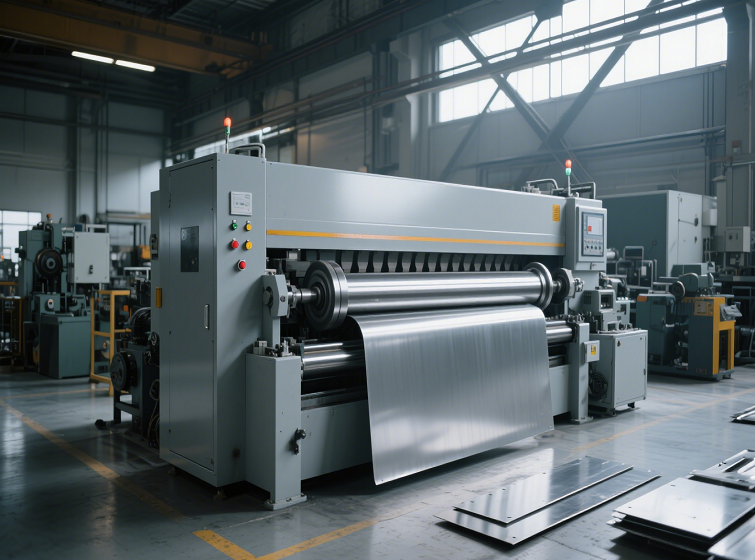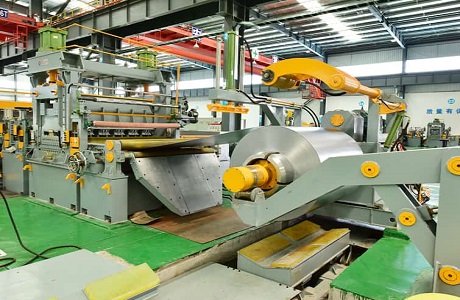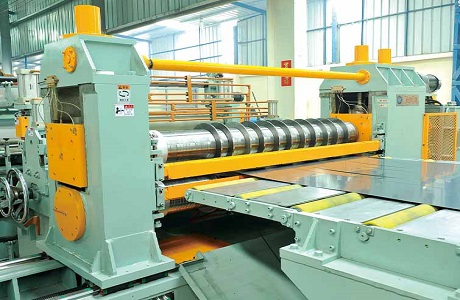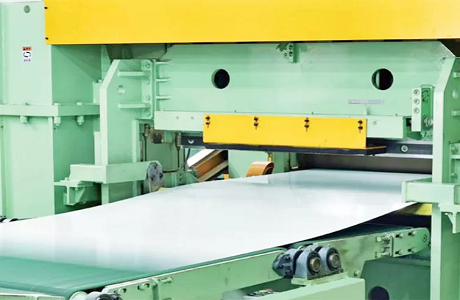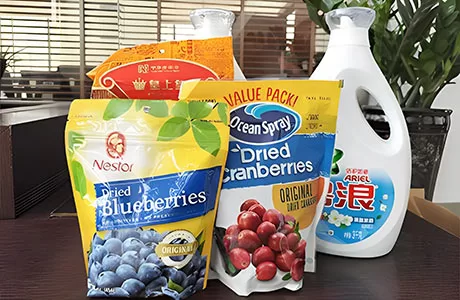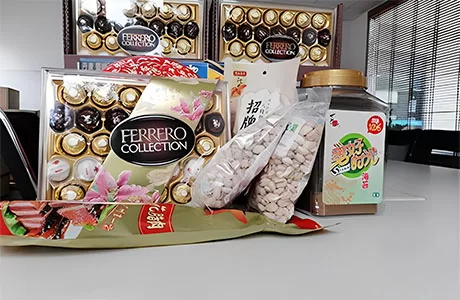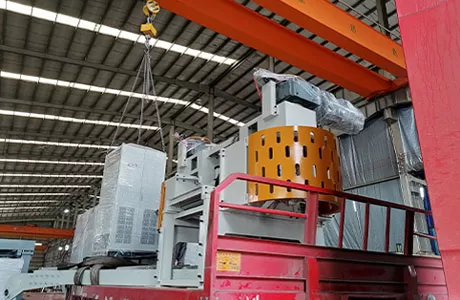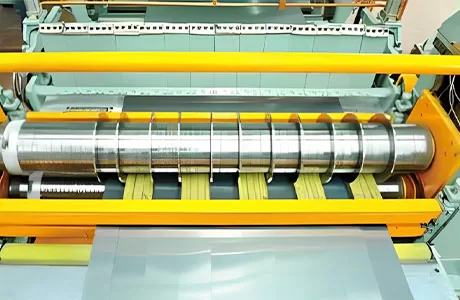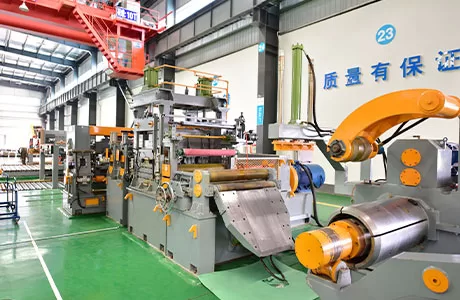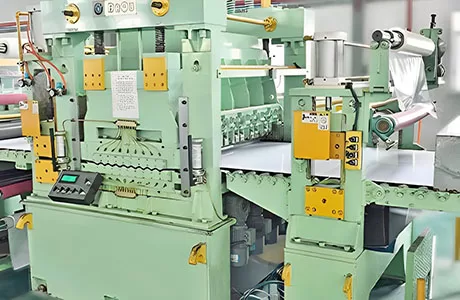Steel Coil Slitting Machine vs. Shearing: Which is Better for Your Needs?
In the world of metal fabrication, precision, efficiency, and cost-effectiveness are non-negotiable. When working with steel coils, two primary methods dominate the scene: slitting machines and shearing. Both have their strengths, but choosing the right method depends on your specific needs. In this blog, we’ll break down the differences, applications, and key considerations to help you make an informed decision.
1. Steel Coil Slitting Machines
A slitting machine is a specialized piece of equipment designed to cut wide steel coils into narrower strips with high precision. The process involves unwinding a master coil, passing it through circular blades (rotary shear slitting), and rewinding the slit strips into smaller coils. This method is ideal for high-volume production and applications requiring consistent width tolerances.
Key Features:
- Uses rotary blades for clean, burr-free edges.
- Operates at high speeds (up to 1,000 feet per minute).
- Suitable for thin to medium-thickness materials (0.1mm to 6mm).
- Minimal material waste due to precise blade alignment
2. Shearing
Shearing involves cutting steel sheets or plates using a straight-blade shear machine. The process applies linear force to slice through the metal, producing straight cuts. Shearing is often used for thicker materials or smaller batches where precision is less critical than speed and simplicity.
Key Features:
- Employs straight blades for linear cuts.
- Best for thicker materials (up to 25mm or more, depending on the machine).
- Lower initial investment compared to slitting lines.
- Faster setup for short production runs.
Pros and Cons: A Head-to-Head Comparison
1. Precision and Edge Quality
- Slitting Machines: Deliver superior edge quality with minimal distortion, making them ideal for applications like automotive parts, electronics, or appliances where smooth edges are critical.
- Shearing: May leave slight burrs or deformation, especially on thinner materials. Post-processing (deburring) might be needed for high-end applications.
Winner: Slitting machines for precision; shearing for simplicity.
2. Material Thickness and Type
- Slitting Machines: Excel with thin to medium gauges (e.g., stainless steel, aluminum, galvanized steel). Limited effectiveness on very thick materials.
- Shearing: Handles thicker plates effortlessly but struggles with ultra-thin or ductile metals prone to warping.
Winner: Shearing for thick materials; slitting for thin-to-medium.
3. Production Volume and Speed
- Slitting Machines: Built for high-speed, continuous production. Perfect for large orders requiring thousands of narrow strips.
- Shearing: Better suited for small batches or custom orders. Slower but more flexible for quick changes.
Winner: Slitting for volume; shearing for flexibility.
4. Cost Considerations
- Slitting Machines: Higher upfront costs (machinery, setup, maintenance), but lower per-unit costs in mass production.
- Shearing: Lower initial investment but higher labor and material waste costs over time.
Winner: Slitting for long-term savings; shearing for budget-friendly startups.
Applications: Where Each Method Shines
When to Choose a Slitting Machine
- Automotive Manufacturing: Precision strips for seat belts, brackets, or electrical components.
- Consumer Electronics: Thin, burr-free strips for casings or connectors.
- Construction: Pre-cut coils for roofing, cladding, or HVAC systems.
When to Choose Shearing
- Structural Fabrication: Cutting thick steel plates for beams, frames, or machinery bases.
- Custom Workshops: Small-scale projects requiring quick adjustments.
- Repair and Maintenance: Cutting replacement parts on demand.
